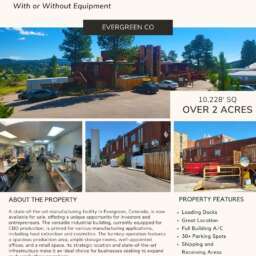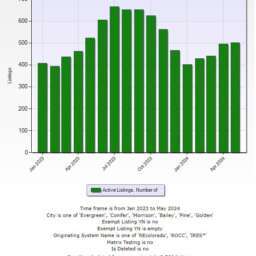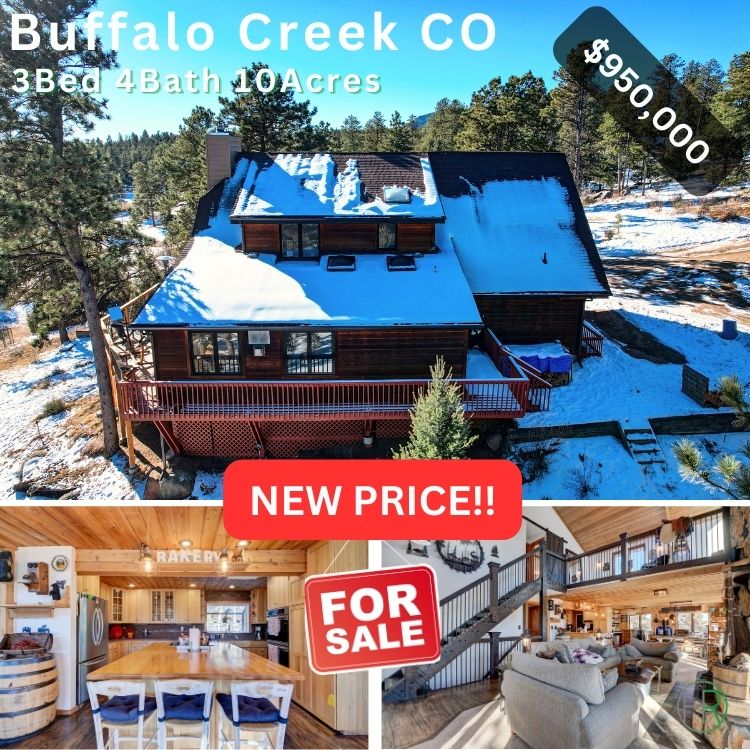Mountain Properties 101 – What To Look For In Your Dream Home
Just imagine waking up to breathtaking views of majestic mountains every morning. If you’re in the market for a mountain property, there are a few key things to consider to ensure your dream home meets all your needs. From accessibility to weather conditions, this guide will help you navigate the world of mountain real estate and find the perfect property for you.
Key Takeaways:
- Location is key: When searching for a mountain property, consider the proximity to outdoor activities, views, and accessibility to amenities.
- Check the condition of the home: Inspect the property thoroughly for any signs of wear and tear, potential maintenance issues, and the overall quality of construction.
- Consider future resale value: Think about the long-term investment potential of the property, including the desirability of the location and any unique features that may appeal to future buyers.
1. Location is key for mountain views and accessibility.
2. Consider property size and privacy.
3. Check for nearby amenities and attractions.
4. Inspect the quality of the property’s infrastructure.
5. Look for proper heating and insulation.
6. Consider maintenance needs for a mountain property.
Choosing the Right Location
Some of the most important factors to consider when looking for your dream mountain home revolve around the location. The setting of your property can greatly impact your daily life and overall satisfaction with your investment. From scenic views to outdoor activities, the location sets the tone for your mountain living experience.
Scenic Views and Natural Beauty
The first thing that comes to mind when envisioning a mountain property is often the breathtaking views and natural surroundings. Choosing a location with panoramic mountain views or picturesque lakes can enhance your daily life and provide a sense of tranquility. Whether you prefer a secluded cabin in the woods or a home overlooking a valley, the beauty of your surroundings will be a key factor in selecting the perfect location for your dream home.
The variety of landscapes in mountain regions offers different experiences depending on the location. Some properties may feature towering pine forests, while others boast cascading waterfalls or meandering streams. Consider what type of natural beauty speaks to you and seek out locations that align with your preferences.
Proximity to Outdoor Recreation
The accessibility to outdoor recreation is paramount when choosing a mountain property. Living near hiking trails, ski resorts, or lakes can provide endless opportunities for adventure and exploration right at your doorstep. Imagine waking up and enjoying a morning hike or hitting the slopes within minutes of your home.
Choosing a location with proximity to outdoor recreation not only enhances your quality of life but also increases the value of your property. Properties near popular outdoor destinations tend to hold their value well and can be attractive to future buyers if you ever decide to sell. Plus, the convenience of having recreational activities nearby adds a great deal of enjoyment to your mountain living experience.
Understanding Mountain Home Architecture
Not all homes are created equal, especially when it comes to mountain properties. Understanding the architecture of mountain homes is crucial in finding your dream retreat among the peaks.
Common Styles and Features
Features such as large windows to take in the breathtaking views, expansive decks for outdoor living, and rustic elements like stone fireplaces and exposed wood beams are often found in mountain homes. These elements are designed to blend seamlessly with the natural surroundings.
Additionally, you’ll often come across architectural styles like log cabins, chalets, and modern mountain homes. Each style has its own unique charm and character, so it’s vital to consider what resonates most with your vision of a mountain retreat.
Durability and Weather Considerations
Durability plays a key role in mountain home architecture. Homes in these rugged terrains need to withstand harsh weather conditions, including heavy snow loads, strong winds, and intense sunlight. Structural integrity is a top priority in mountain home design.
Understanding the materials used in construction, such as quality timber, stone, and metal roofing, is crucial for ensuring your mountain home will stand the test of time. Additionally, proper insulation and weatherproofing are vital for maintaining a comfortable and energy-efficient home in the mountains.
Assessing the Utilities and Access
Once again from the comforting view of your potential dream mountain home, there are crucial factors that must be carefully evaluated before making a purchase. Assessing the utilities and access can make a significant difference in your everyday living experience and the long-term maintenance of your property.
Water and Power in Remote Areas
Water plays a crucial role in the livability of any property, especially in remote mountain areas. When looking for your dream mountain property, consider the source of water available. Is there a reliable well, spring, or stream on the land? Also, investigate the reliability of power sources in the area. Are there power lines nearby, or will you need to rely on alternative energy solutions such as solar panels or generators?
Road Access and Maintenance
Remote mountain properties often come with the challenge of access. Consider the condition of the roads leading to the property. Are they well-maintained, or do they require a sturdy vehicle and careful navigation? Additionally, inquire about ownership and maintenance responsibilities for the roads leading to your property to avoid any surprises in the future.
When considering road access and maintenance, it’s crucial to factor in any seasonal challenges such as snowfall or heavy rains that could affect accessibility. Developing a plan for road maintenance and ensuring you have the necessary equipment can help you navigate any obstacles that may arise.
Preparing for the Mountain Lifestyle
Your new mountain property offers the promise of a serene and picturesque retreat, but it also comes with unique considerations that you should be prepared for. From adjusting to the climate and wildlife to understanding the community and emergency services available, there are key factors to keep in mind as you transition to mountain living.
Adjusting to the Climate and Wildlife
To fully embrace mountain living, it’s necessary to acclimate yourself to the local climate and wildlife. Mountainous regions often experience cooler temperatures and more extreme weather conditions than urban areas. Be prepared for snowy winters and take the necessary precautions to stay warm and safe. Additionally, familiarize yourself with the local wildlife and learn how to coexist peacefully with creatures such as bears, mountain lions, and deer that may roam near your property.
Community and Emergency Services
Living in the mountains typically means residing in a tight-knit community where neighbors look out for one another. It’s important to establish connections with your neighbors and get involved in community events to truly feel at home. Familiarize yourself with the available emergency services in the area, including the location of the nearest hospital and fire station. Additionally, consider joining or supporting local volunteer fire departments, as they play a crucial role in mountain communities.
One vital aspect of mountain living is the reliance on these community-based emergency services in times of need. Whether it’s coordinating a search and rescue mission for a lost hiker or responding to a wildfire threat, these services are necessary for maintaining the safety and well-being of mountain residents.
For instance, in case of medical emergencies in remote mountain areas, having a well-equipped emergency medical helicopter service can be a lifesaver. These quick-response services are necessary in providing timely medical assistance to those in need, especially when traditional ground transportation may be limited.
To wrap up
From above, mountain properties offer a unique opportunity to find your dream home in a serene and beautiful setting. When looking for your ideal mountain property, remember to consider factors such as location, views, amenities, and access to outdoor activities. By keeping these tips in mind, you can find the perfect mountain property that meets all your needs and allows you to embrace the lifestyle you desire in the mountains.
FAQ
Q: What should I look for in a mountain property?
A: When searching for a mountain property, consider the location, views, access to outdoor activities, proximity to amenities, and the condition of the property.
Q: How important is the location when buying a mountain property?
A: The location of a mountain property is crucial as it determines the views, climate, access to outdoor activities, and potential resale value in the future.
Q: What kind of views should I look for in a mountain property?
A: Look for mountain properties with breathtaking views of the surrounding nature, such as mountains, forests, valleys, or lakes, to enhance your living experience and create a serene environment.
Q: What outdoor activities should I consider when buying a mountain property?
A: Consider the availability of activities like hiking, skiing, fishing, mountain biking, and other outdoor pursuits that align with your interests to make the most of your mountain property.
Q: How can I ensure the property is in good condition when buying a mountain home?
A: Before purchasing a mountain property, hire a home inspector familiar with mountain homes to assess the condition of the property, including the foundation, roof, insulation, and other key features to ensure it meets your expectations.
Danny Skelly
It's Nice to Share

























































































Comment, Write a Blog Post, Create Groups, Get Seen!
Comments, Opinions and Facts Go Here...👇